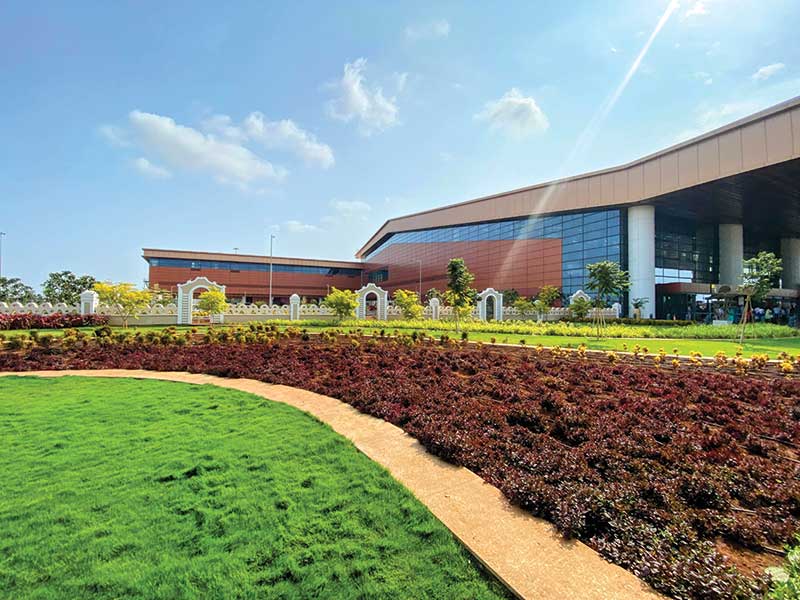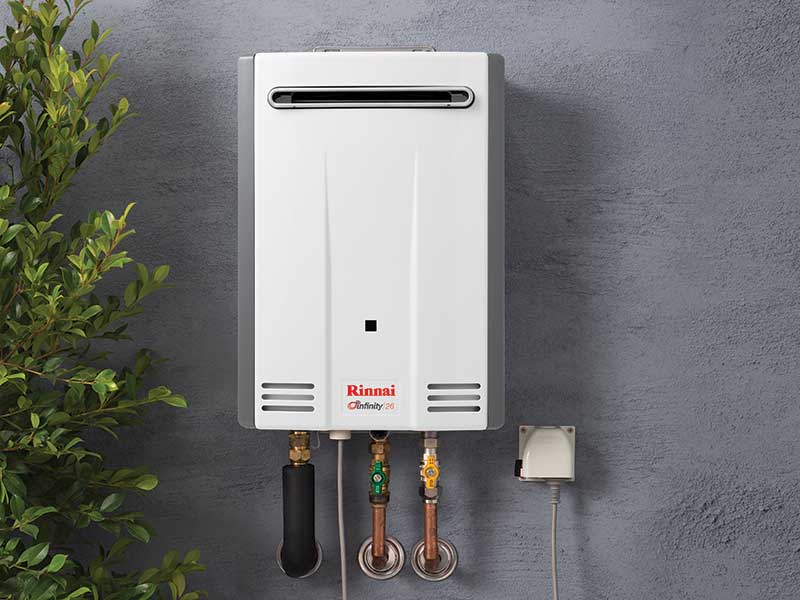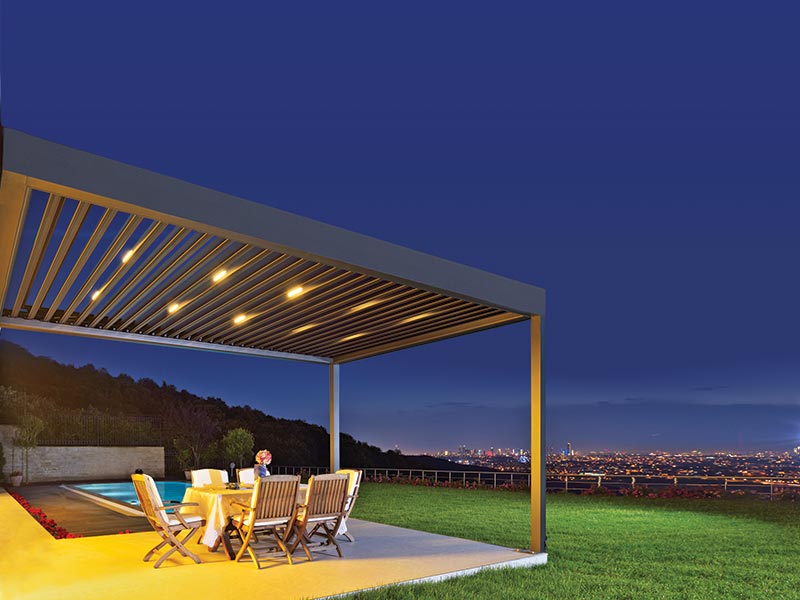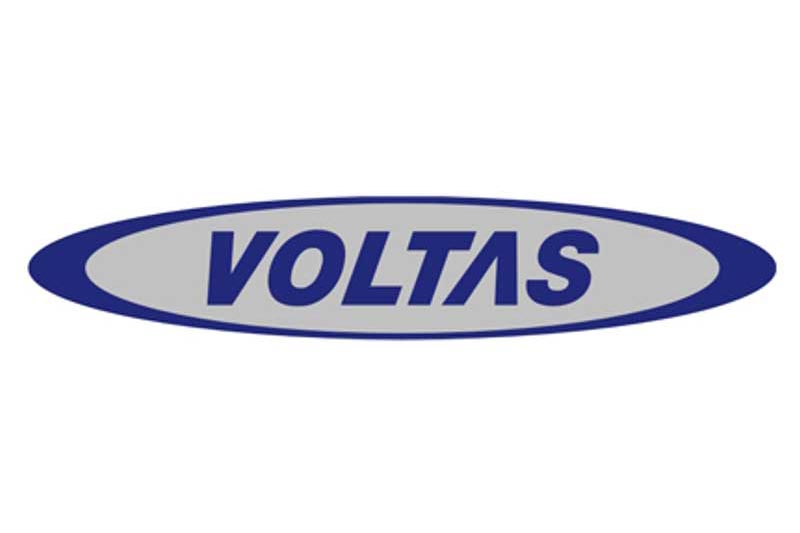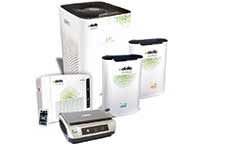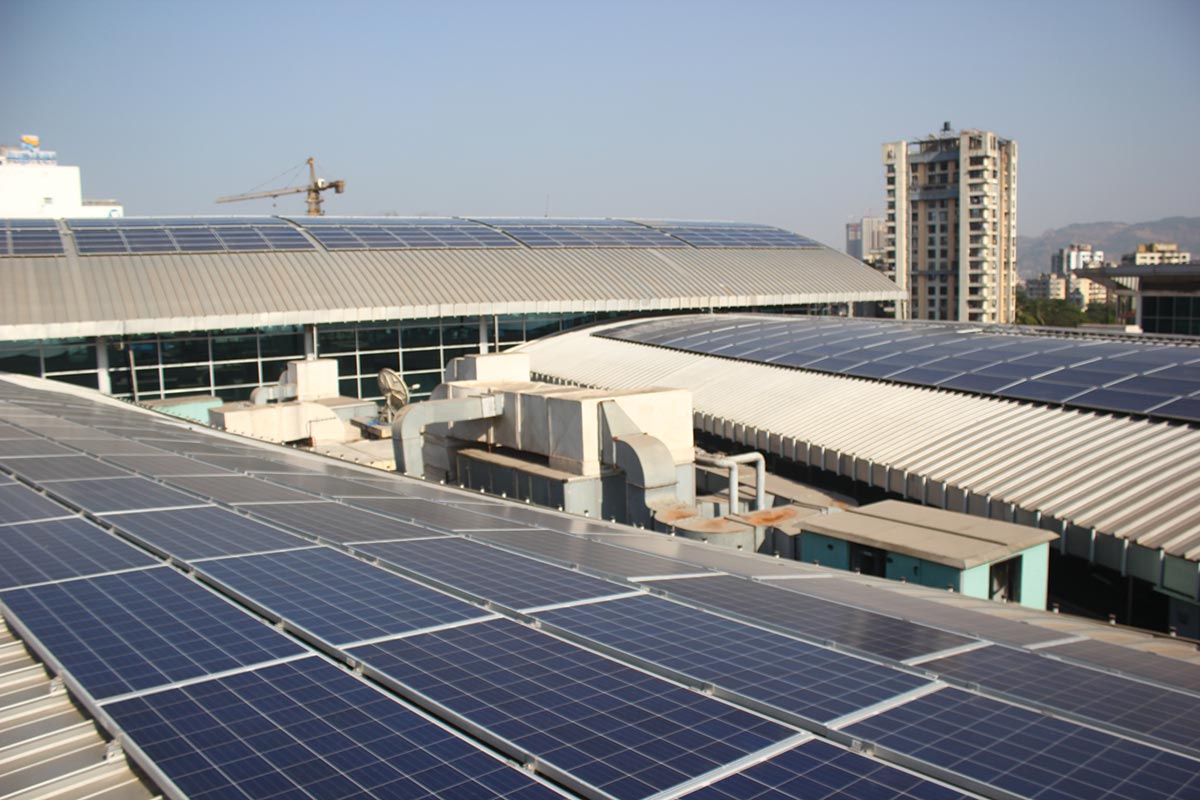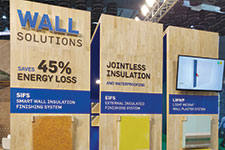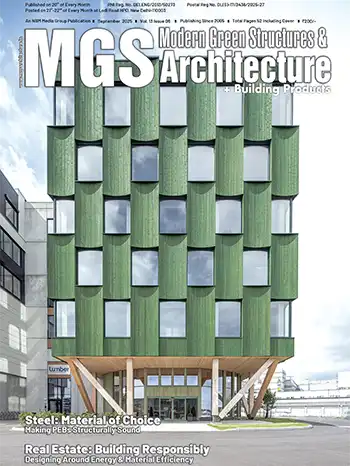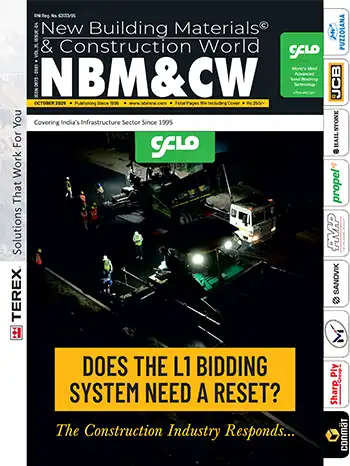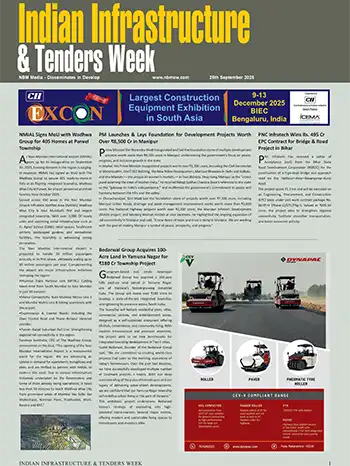
Mr. Sanjay Bahadur,
Global CEO,
Construction Chemicals Division,
Pidilite Industries.
India offers a huge opportunity to avoid the carbon lock-in associated with new buildings as about 66% of the buildings expected to exist in India in 2030 are yet to be constructed. With the fast depleting fossil fuels reserves and ever increasing electricity prices, it is inevitable to adopt Energy Conservation Measures (ECMs).If ECMs are included in the design stage, today’s modern & contemporary buildings, can avoid adverse impact on the Environment and Economy by saving 25% to 50% of its Energy Demand.
As per the study conducted by McKinsey’s on Global cost curve for greenhouse gas abatement measures beyond “business as usual’, almost a quarter of possible emission can be reduced from measure such as better insulation in buildings which carry no net life cycle cost which in effect comes free-of-cost. India is also witnessing this trend and building envelope insulation is gradually becoming one of the key practices to minimize heat gain in the building and save on increasing energy cost. Apart from the considerable savings in the operational cost, exterior thermal insulation also improves the indoor comfort factor there by providing a healthier environment and enhancing the life of the building.
The traditional and conventional systems of waterproofing and thermal insulation in India worked well for ages to suit to the Indian construction and economics. However, the use of conventional systems such as Brick Bat Coba, tar felt, mud phuska, etc. are not sustainable and require frequent maintenance and also do not suit the complicated site dynamics of today’s construction nor do they offer the required insulation values to comply to the Energy Conservation Building Code (ECBC), an energy code launched by the Bureau of Energy Efficiency in 2007. Today, it is necessary, socially, environmentally & economically, to design & constructed buildings adapted to Green Measures. Indian Green Building Council, since 2001, has been creating awareness towards the benefit of green design through LEED (Leadership in Energy & Environmental Design) rating system. The Energy Research Institute (TERI) is also creating awareness towards green design through GRIHA (Green Rating for Integrated Habitat Assessment) rating system.
As per ECBC, India is divided into 5 climatic zones and depending upon the building usage i.e. either day time or 24 hours’ operations), thermal performance values have been pre-defined. Efficacy of Insulation is measured by Thermal Resistance (R Value).
Waterproofing & Insulation material for roof should be selected based on the life cycle analysis and not just the initial investment. An important aspect towards a sustainable performance of such system is the integration between waterproofing & insulation system. Moisture management in envelope assemblies is a very critical design consideration and requires a fundamental understanding of the physics of moisture transport. New age waterproofing technologies are now available across the country which offers excellent performance apart from being a Green Product. Trends like single point accountability and manufacturer’s entry in offering turnkey solution can help in eliminating accountability issue when a system fails post completion of work.
India is growing rapidly and it is up to us to leave behind a healthier mother earth for the coming generations.
“No Energy Conservation, know Monetary Loss, Know Energy Conservation, No Monetary Loss.”



